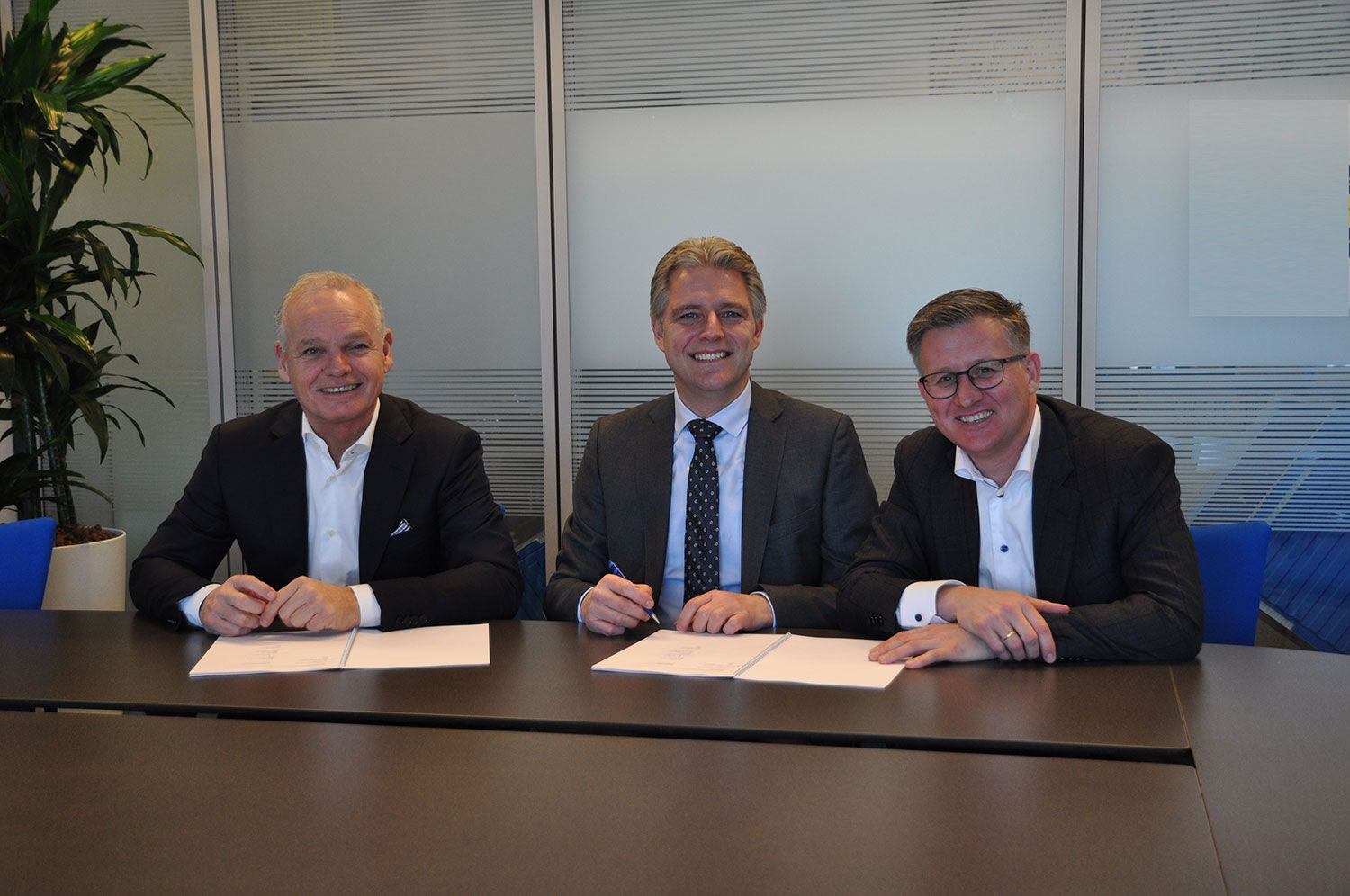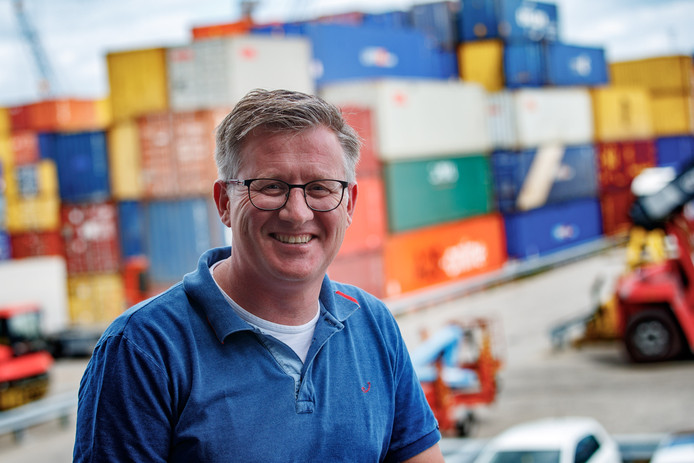Collaboration between container ships on West Brabant-Rotterdam route
Barge Terminal Tilburg, Combined Cargo Terminals, Moerdijk Container Terminals and Danser Group are joining forces to bundle cargo on the inland shipping route between Tilburg, Moerdijk and the port of Rotterdam. This will make it possible to use fewer ships, thus reducing congestion during transhipment in the port of Rotterdam. The cooperation of these market parties and the deep-sea terminals in the port of Rotterdam in the ‘West Brabant Corridor’ is the first concrete initiative that the Rotterdam Port Authority is supporting from the incentive scheme and consultation with the sector that started last year.
In practice, the cooperation means that ships at several terminals in Moerdijk and Tilburg combine cargo for one deep-sea container terminal in Rotterdam or vice versa. “Container ships are getting bigger and bigger,” says Luc Smits, managing director of Combined Cargo Terminals in Moerdijk. “The ‘hinterland’ will have to evolve by combining cargoes and thinking in corridors instead of sailing one after each other. That way, inland shipping will remain a reliable and competitive service.”
‘Umbrella’ interests
The initiative is a result of the sector-wide container barge consultation that the Port of Rotterdam Authority initiated on 8 September last year. This was established as a result of the various signals about the increasingly longer waiting times at the deep-sea terminals in Rotterdam. “We are very pleased with this and the cooperation between deep-sea terminals, inland terminals and carriers,” explains Emile Hoogsteden, Director Containers, Breakbulk & Logistics of the Rotterdam Port Authority. “It is good to see that these parties are thinking in terms of the overall interests of the supply chain and are thus contributing to the smooth handling of inland container shipping. In this way, we are working together on the further development of Rotterdam and the Netherlands as the most efficient and reliable logistics hub in Europe.”
Scaling up
More than 12 million containers are transhipped annually in the port of Rotterdam, of which more than 3 million are transported by barge. “Cooperation on the main corridors is a must,” adds Wil Versteijnen, on behalf of Barge Terminal Tilburg. “This leads to the increase in scale that is necessary for the entire supply chain.” The service therefore also has an ‘open access’ policy; every shipper can make use of it. “By bundling the ships together they achieve an even better capacity utilisation rate; this is also good news from an environmental perspective,” adds Ben Maelissa, managing director of the Danser Group.
The initiative also aligns well with the programme approach to freight transport corridors, in which the Dutch Ministry of Infrastructure and the Environment, provinces, port companies, the Topsector Logistiek and the business community are working together on so-called ‘Top Corridors’.
Incentive schemes
The start of the West Brabant Corridor is financially supported by the incentive scheme that the Rotterdam Port Authority set up at the first meeting of the container inland shipping consultations. A total of €3 million is being made available to support market initiatives that can contribute in the short term to a reliable and more efficient handling of container inland shipping in Rotterdam. Proposals could be submitted until 1 January 2018.
This initiative is also receiving financial support from Moerdijk. The West Brabant Corridor is one of the initiatives contributing to the Logistics Innovation Agenda. This is a collaboration between the Moerdijk Port Authority, the logistics service providers in Moerdijk, and TNO to further optimise the logistics hub function of Moerdijk, while also making it more sustainable.



